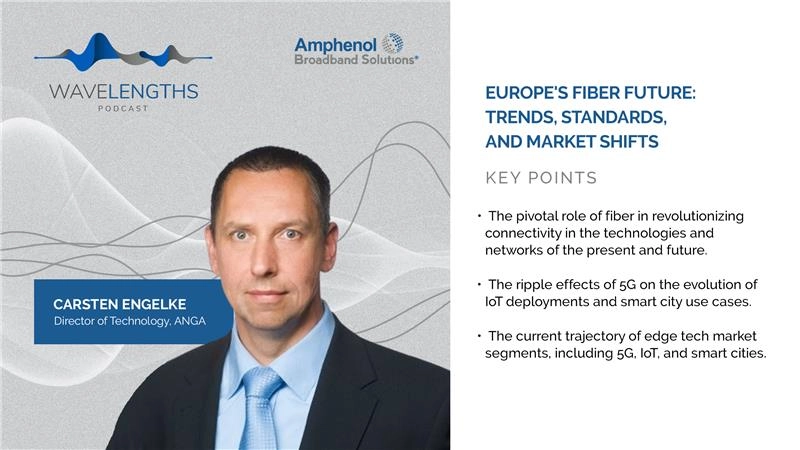Industrial Connectivity at the Edge
Industrial segments such as manufacturing, energy, oil and gas, supply chain, and logistics – and the facilities that support these markets – are undergoing a technological evolution. To support such rapid advancements, connectivity is the central nervous system enabling timely information flow. Chris Lucero and Mukund Shenoy, two subject matter experts in the Intel Internet of Things Group Industrial Solutions Division , spoke to Michelle Dawn Mooney about exciting happenings around industrial connectivity.
Given the complexities of the industrial setting, it’s critical to provide state-of-the-art connectivity solutions. According to Lucero, trends in industrial connectivity include exponential data growth, increases in mobile devices, scalability through software-defined networks, cloud adoption, and greater needs for cybersecurity.
Lucero says of data growth, “Everyone is turning to their operational data to improve yield, reduce defects, and optimize productivity,” he explains.
With compute and communications needs becoming increasingly intertwined in industrial settings, there is a need for smarter, autonomously functioning machines and devices to enable the Factory of the Future. Shenoy explains that, as workloads get more complex, new compute models are evolving, and Edge Compute is one of them that supports the distributed computing model. In other words, software system components are shared across multiple computers but run as one system to improve performance and efficiency. “An agile factory needs flexibility in process and equipment layout, and this calls for wireless connectivity,” says Shenoy. “So, the advancement of both compute and connectivity, together, are enabling new ways by which we can reimagine how a factory can work in the future.”
So, how is Intel defining and refining its role in the industrial connectivity space? By driving end-to-end connectivity from IoT devices up to the cloud. “We’re creating wireless modules for Wi-Fi 6 and beyond, ethernet controllers for wired modalities, and edge servers and networks to receive the mix of wired, cellular, and Wi-Fi signals,” Lucero explains. “We’re also working with critical infrastructure software to make connectivity, data, analytics, and controls easy to deploy and support.”
One thing is sure: if there is an industrial connectivity problem a customer needs to solve, Intel is ready to work on a solution.
Learn more about industrial connectivity at the edge by connecting with Chris Lucero and Mukund Shenoy on LinkedIn or by visiting www.intel.com/industrial and www.intel.com/connectivity.
Subscribe to this channel on Apple Podcasts, Spotify, and Google Podcasts to hear more from the Intel Internet of Things Group.




